What is Checked During a Roof Inspection? (13-point roof inspection)
Your roof's health might not seem critical unless it's visibly damaged or leaking. However, a collection of seemingly minor roofing concerns can...
Roof leaks can be incredibly frustrating for homeowners, and pinpointing their exact source can indeed be a challenging task. Visual inspections often provide clues, but when the source of a leak remains elusive, roofing professionals may resort to a technique known as a "water test" to identify the problem's origin.
In this blog, we’ll go over:
Let’s get started!
A water test serves as a valuable method for precisely identifying the source of a roof leak. It comes into play when dealing with elusive leaks that resist detection through visual inspection alone. The primary purpose of a water test is to pinpoint the exact location of the leak, which can be challenging due to water often traveling along rafters or other structural elements before entering the living space. By conducting a controlled water test, homeowners, roofing professionals, or inspectors can determine the precise point of entry, ensuring that repair efforts are directed at the correct area and preventing unnecessary work on unaffected parts of the roof.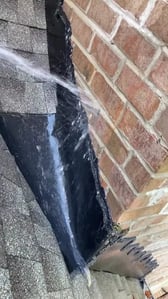
Typically, a water test is performed after initial visual inspections have proven inconclusive. It acts as a confirmatory step to validate suspicions and provide more targeted information for guiding repair efforts. This test is particularly useful when leaks persist despite previous repair attempts or when dealing with complex leaks in intricate or hard-to-access areas, such as valleys, intersections, or underlayment issues. Roofers may also employ water tests as a quality assurance measure after completing repairs to ensure that the leak has been effectively addressed. In essence, a water test is a diagnostic tool used to solve the mystery of persistent or hidden leaks, offering a systematic approach to leak detection and repair.
Here's how a water test works:
It's essential to note that water tests should be conducted by experienced roofing professionals to avoid causing further damage to your roof or property. While a water test can be a valuable diagnostic tool, it's just one step in the broader process of identifying and addressing roof leaks. Homeowners should consider hiring licensed and reputable roofing contractors who have the expertise and equipment to perform these tests accurately and safely.
Performing water tests for roof leaks, as discussed earlier, may seem somewhat inefficient, and it is, primarily because it's a method of last resort when other detection approaches have failed. The primary alternative and more straightforward method for identifying a roof leak is through visual inspection, as mentioned previously. By closely examining your roof's interior, you can often spot signs of a leak. For instance, if a hole or opening exists in your roof material and decking, it may allow light to penetrate through these openings, making them visible from the inside.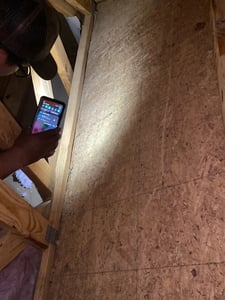
Additionally, another clear indicator of a roof leak is the presence of water-damaged or rotted sections in your roof decking. These water-damaged areas on the wooden decking material are telltale signs that moisture has penetrated the primary barrier of your roof and started to deteriorate the decking beneath. Essentially, when you observe these symptoms, it confirms that water has managed to breach your roof's defenses and begun causing harm to the structural components of your roof. While not as precise as water tests, visual inspections can often lead homeowners and roofing professionals to the general area of the leak, allowing for targeted repair efforts..
In Raleigh, North Carolina, like many other regions, specific factors tend to contribute to the occurrence of roof leaks more frequently than others. Common culprits that can lead to roof leaks include issues such as clogged gutters, damaged shingles, deteriorated pipe boots, impaired or incorrectly installed flashing around chimneys or roof penetrations, and improper nail placement during installation.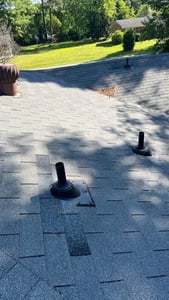
These issues can arise from various causes, but they often become apparent or exacerbated after severe weather events, making post-storm inspections a crucial practice to detect and address potential roof leaks promptly. By addressing these common problems in a timely manner, homeowners can effectively prevent leaks and safeguard their roofs against potential damage.
When it comes to addressing a roof leak, the primary solution involves replacing the damaged components, which could include shingles, pipe boots, or nails. However, it's important to note that fixing a roof leak is often more complex than simply applying a patch. The damage caused by leaks may extend beyond the visible signs, potentially affecting the underlying roof structure. Consequently, repairing a roof leak is a task best entrusted to experienced roofing professionals. Their expertise allows for a comprehensive assessment of the extent of damage and the implementation of thorough repairs to not only address the leak itself but also to restore the roof's structural integrity, ensuring long-lasting protection against future leaks.
On Tops Roofing has repaired roofs across the Raleigh, North Carolina area since 1991. Whatever your roof requires, We’re on it!
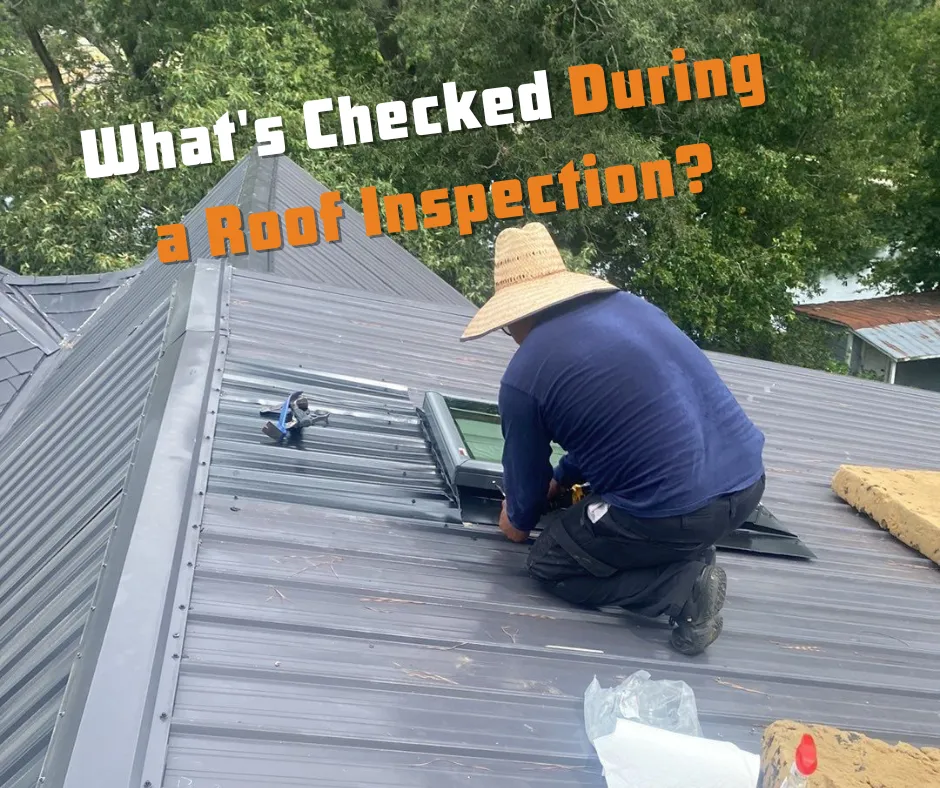
Your roof's health might not seem critical unless it's visibly damaged or leaking. However, a collection of seemingly minor roofing concerns can...
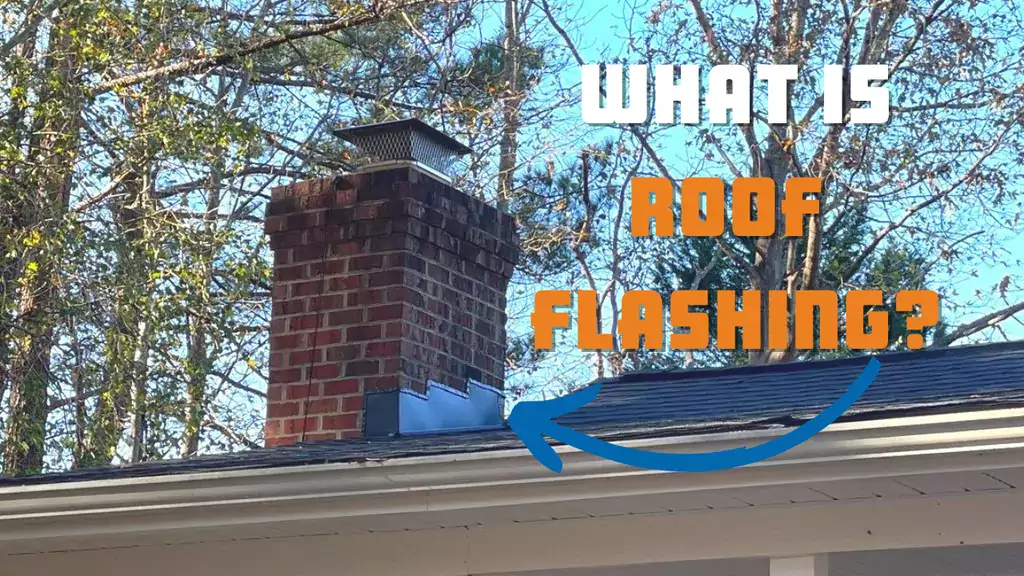
From an outside perspective, it’s easy to assume that shingles are the only thing making up a roof. However, roofs are more complex than you’d think....

You're searching for a roofing company to replace or repair your roof in Smithfield, NC - great! But, who's the best contractor to help with your...